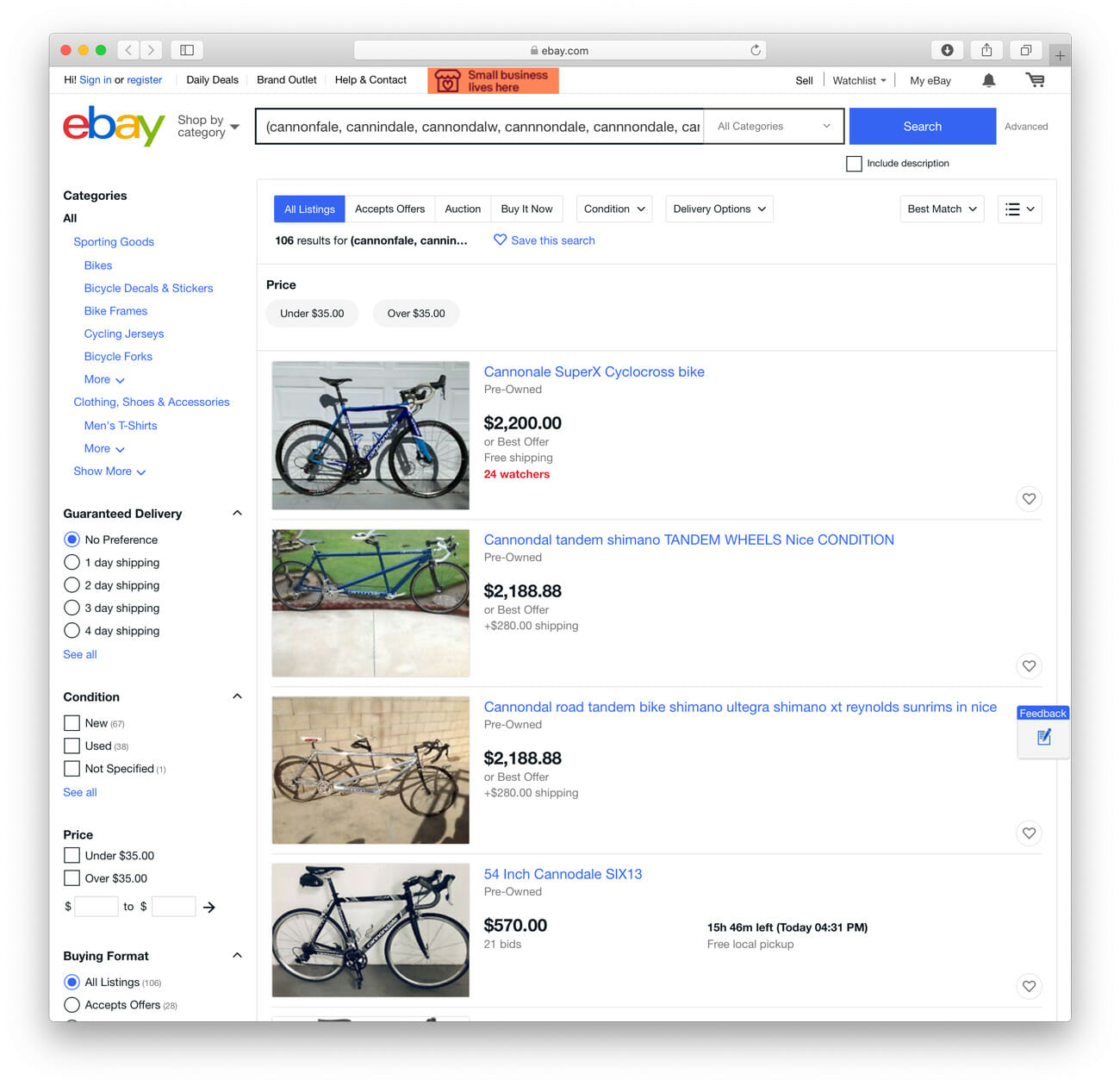Welcome to Further Details, a series dedicated to ubiquitous but overlooked elements hidden on your favorite products. This week: the source of a mysterious bicycle sound.
On a recent socially distanced bike ride, a friend asked a question I’d never thought too deeply about before: “what’s up with that whizzing noise bikes make when you’re coasting?” Since I wasn’t totally sure of the answer, I said I’d get back to him.
Then I started reaching out to experts and ended up opening a real can of… pawls. (More on that later.) Turns out there are two main factors: one very much functional and one rather flashy. Here’s the scoop.
The Functional Reason
Excluding fixies, modern bikes have a sub-component of the rear wheel, the freehub, that permits the rear wheel to keep spinning when you stop pedaling, explains Samuel Johnson, a veteran bike mechanic and independent bike dealer who’s now the North American General Market Manager for Hunt Bike Wheels.
“The sound emitted from this simply designed piece of engineering,” he adds. “Draws attention and strong opinions from bike dweebs.”
The freehub has a few jobs, including attaching your cassette to your wheel hub and transferring power from the rider to the wheel. The most notable function here, however, is allowing the drivetrain to instantly disengage — almost like a clutch being squeezed on a motorcycle — when you stop pedaling.

The pawls are those jagged little levers in the center of this exploded Hunt Bike Wheels diagram.
What’s actually inside that freehub, making all that racket? Pawls! The aforementioned term refers to little curved levers that engage with the teeth of a cogwheel so that it can only turn one direction.
“Pawls are held in place by springs pushing the pawls up out of the freehub and oriented to “click” out of the way of the engagement points found on the inner part of the hub shell when the wheel is moving faster than the hub,” explains Johnson. “Those engagement points look like sharp notches, designed to ‘catch’ the pawls, when the rider is pedaling. The sound we hear when we stop pedaling is made from each pawl being pushed quite firmly across each ratchet as the wheel rotates.”
Think of a ratchet wrench, which makes its own almost cricket-like noise when you move it back to the starting point while screwing in a bolt. Just like your bike, it’s virtually silent when you are applying force, and louder during the “easy” part.
The Flashy Reason
While some sort of noise is intrinsic to the design, some bikes sound different or louder than others. A lot of variables can affect the acoustics, including the volume of dead space in the hub, the thickness of the hub shell, the number of contact points, the level of lubrication and the speed at which you’re coasting.
But just as “nothing sounds like a Harley,” brands have been known to harness a distinctive vibe as something of branding tool.
[embedded content]“Some hub manufacturers market their signature noise as a badge of honor and associate it with the sound of ‘angry bees’ — nod to Chris King,” says Johnson. “While HUNT wheels are perceived to be a bit loud when coasting, we are certainly not the loudest and we also offer “quiet” freehub options for some road wheelsets. This is achieved by slightly rounding the tip of the pawls that would normally drag across the engagement teeth in the hub shell.”
Ironically, or perhaps not-so-ironically when you consider the ear-splitting sound of high-end sports cars, more pricier bikes often make more noise than cheaper ones. Why?
“First of all, the wheels on expensive bikes tend to be very light, sometimes hollow, so the noise of the freewheel is amplified as it vibrates down the spokes to the rims,” chimes in Andrew Laws, a cycle blogger and former editor of the bike news site VeloBalls.com. “Perhaps your megabucks bike has ceramic rather than metal hubs or bearings — these would also make a difference to the resonant noise. Carbon frame tubes are larger than steel tubes, so they can amplify the freewheel noise some more.”
Then again, anyone who’s spent time around hardcore, dyed-in-the-spandex, leg-shaving cyclists might be aware of a simpler explanation.
“There’s a running joke in cycling circles that expensive bikes make more noise so that people know how much money the riders have to fling around,” he says. “Bling is a big deal to some riders.”




